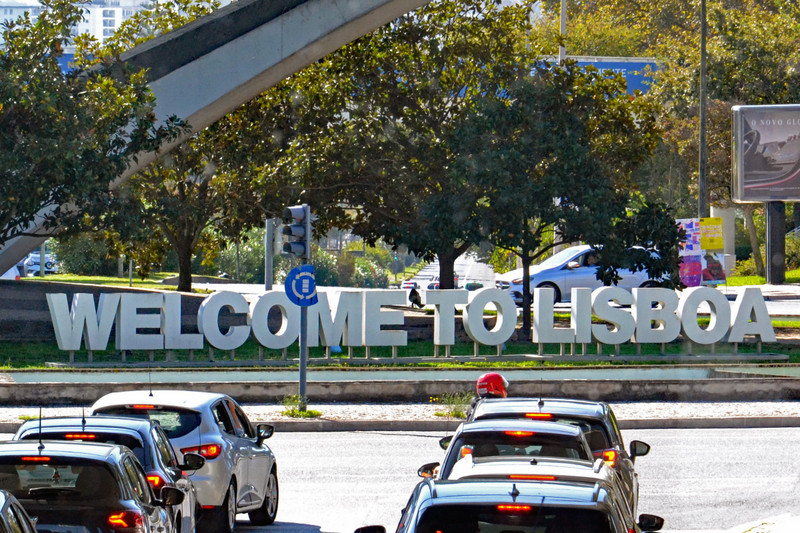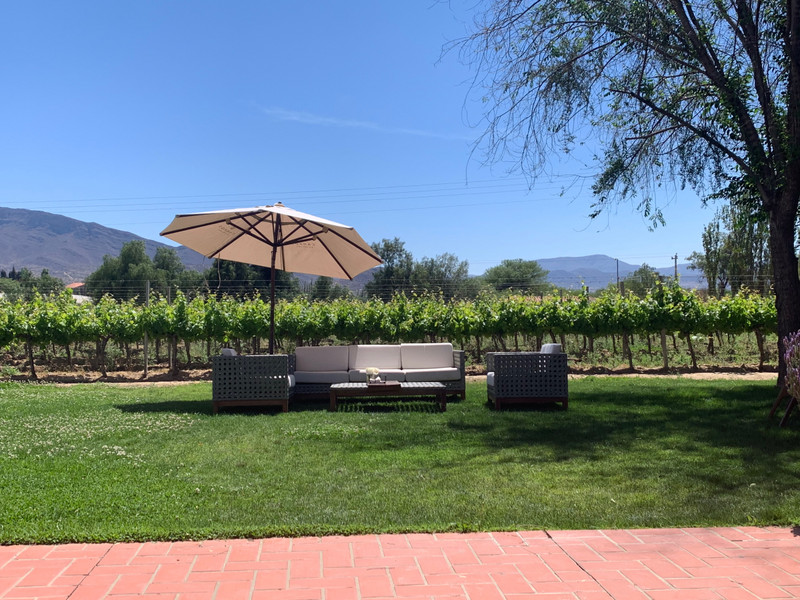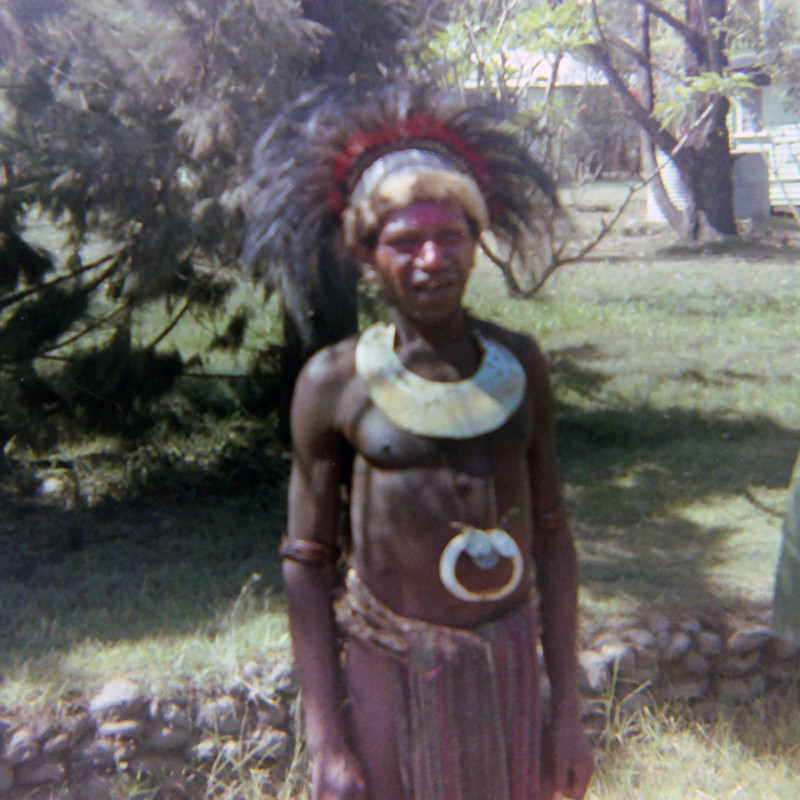started in 1162 with the celebration of the victory over Ulrich II of Treven, the Patriarch of Aquileia (an ancient Roman city in Italy). Urich II was taken prisoner together with his 12 vassals and eventually released on one specific condition. Every year on Holy Thursday the Patriarch was obliged to pay a tribute to Venice that included a bull and 12 pigs which than were slaughtered in the Piazza San Marco in front of Venetians the victory. On that day the street celebrations, games, people dancing and bonfires would take over the streets of the city.By the 18th century the Venice Carnival became one of the most popular tourist attractions and attracted people from all over the Europe. The festivities continued for 6 months of the year. During that time, Venice was known as a
centre of gambling, the ‘Las Vegas of its day. It was the place where music and dancing continued almost This period is also associated with the Venetian painter Francesco Guardi and with the famous Venetian adventurer and ‘womanizer Casanova.Unfortunately, the Venice Carnival fell into decline after when Napoleon signed the Treaty of Campo Formio and Venice became part of the Kingdom of in 1797. On January 18, 1798 the Austrians took control of the whole city and the Carnival almost disappeared for nearly two centuries. In the 1930s Venice Carnival was banned by the fascist government and was finally revived only in the 1980s with its distinctive traditions and celebrations making Venice as one the best Carnival destinations for tourists from all over the world.









